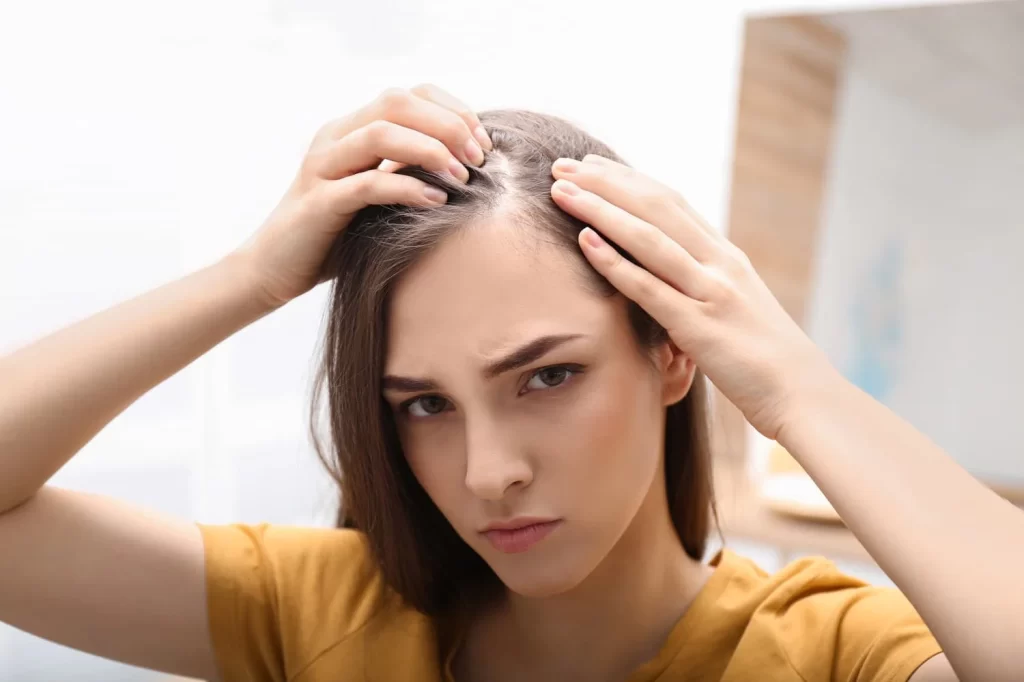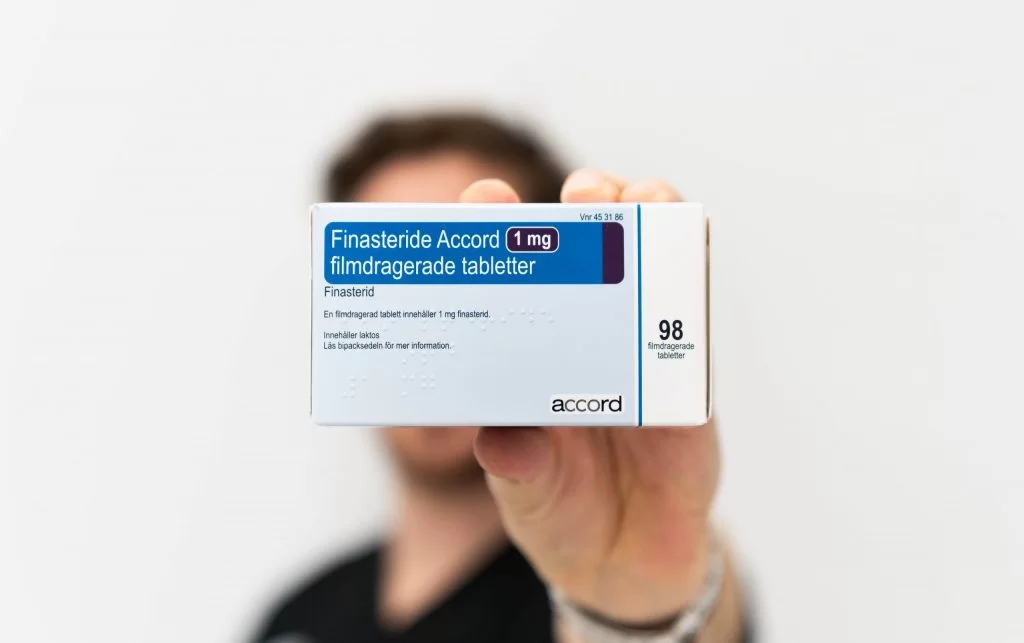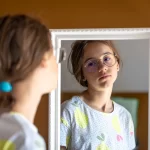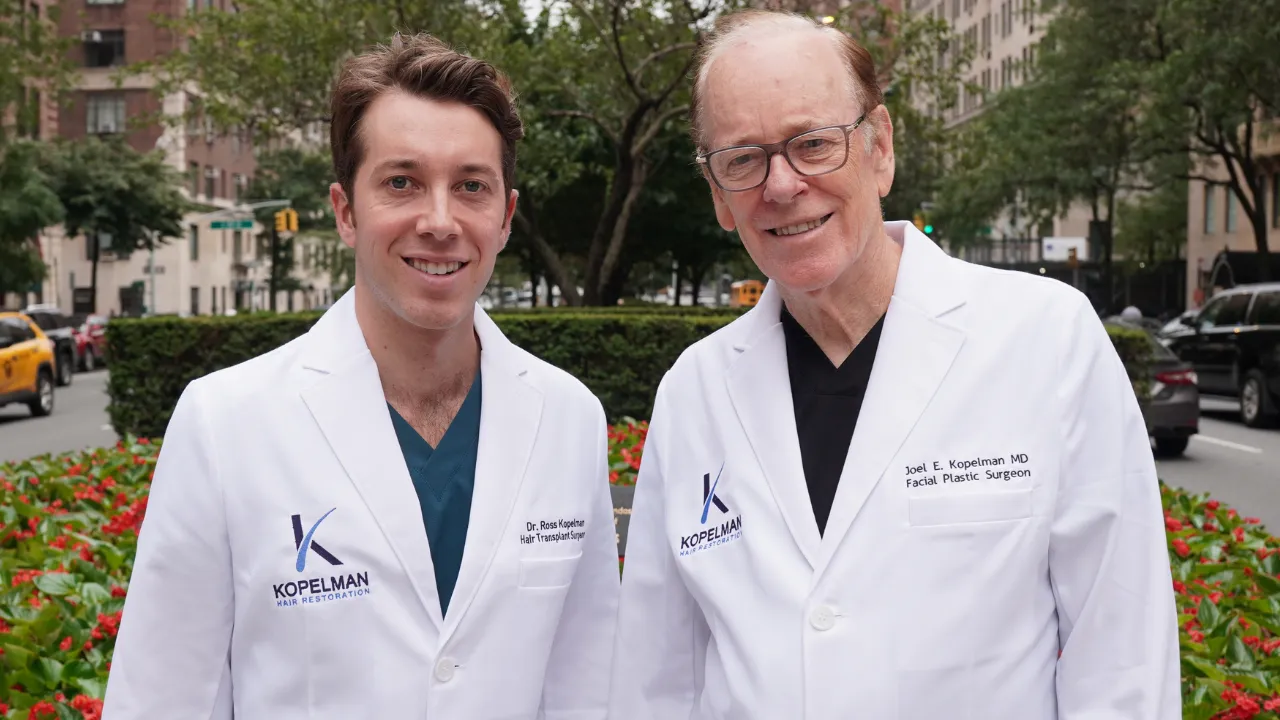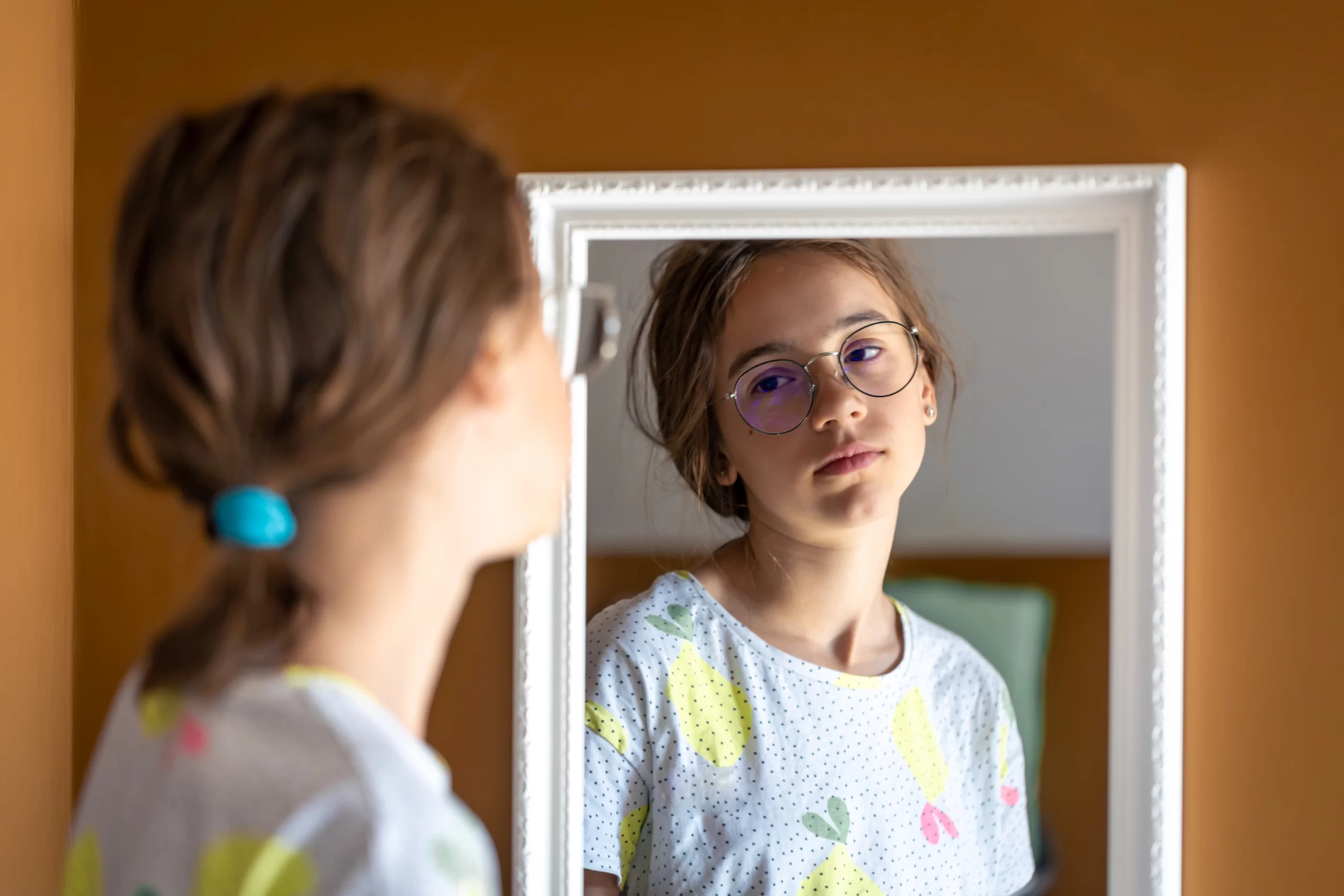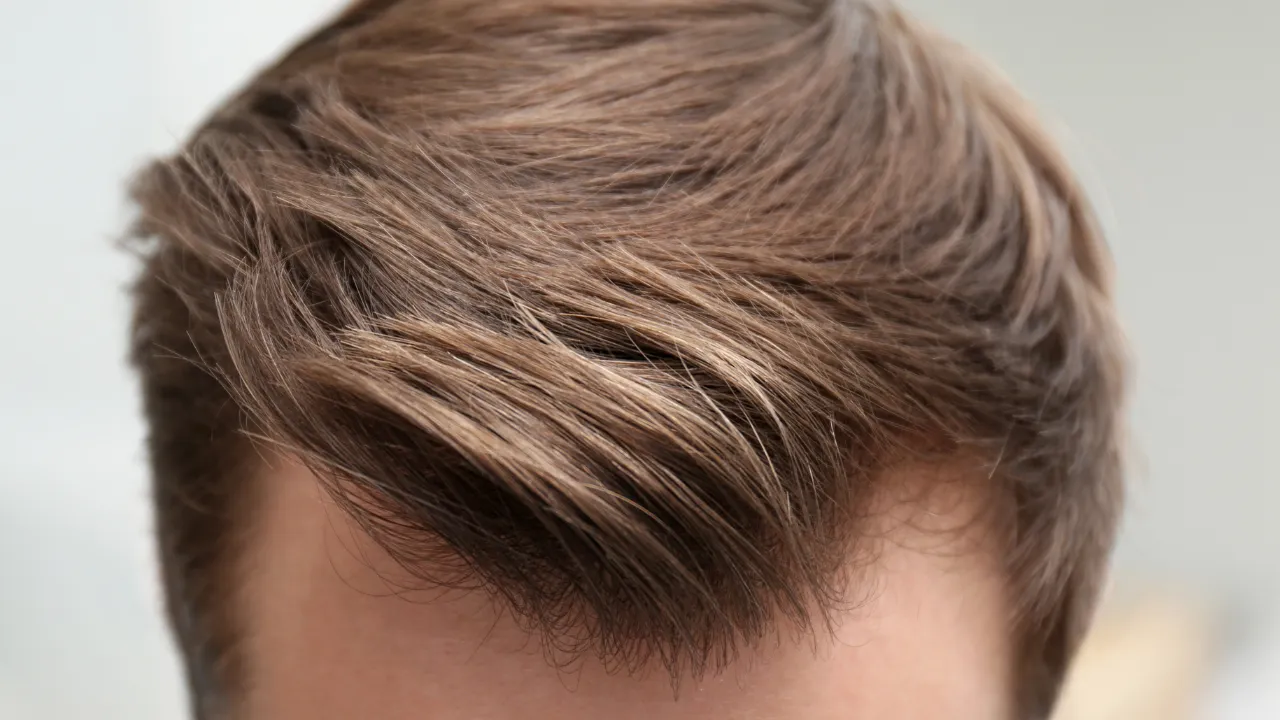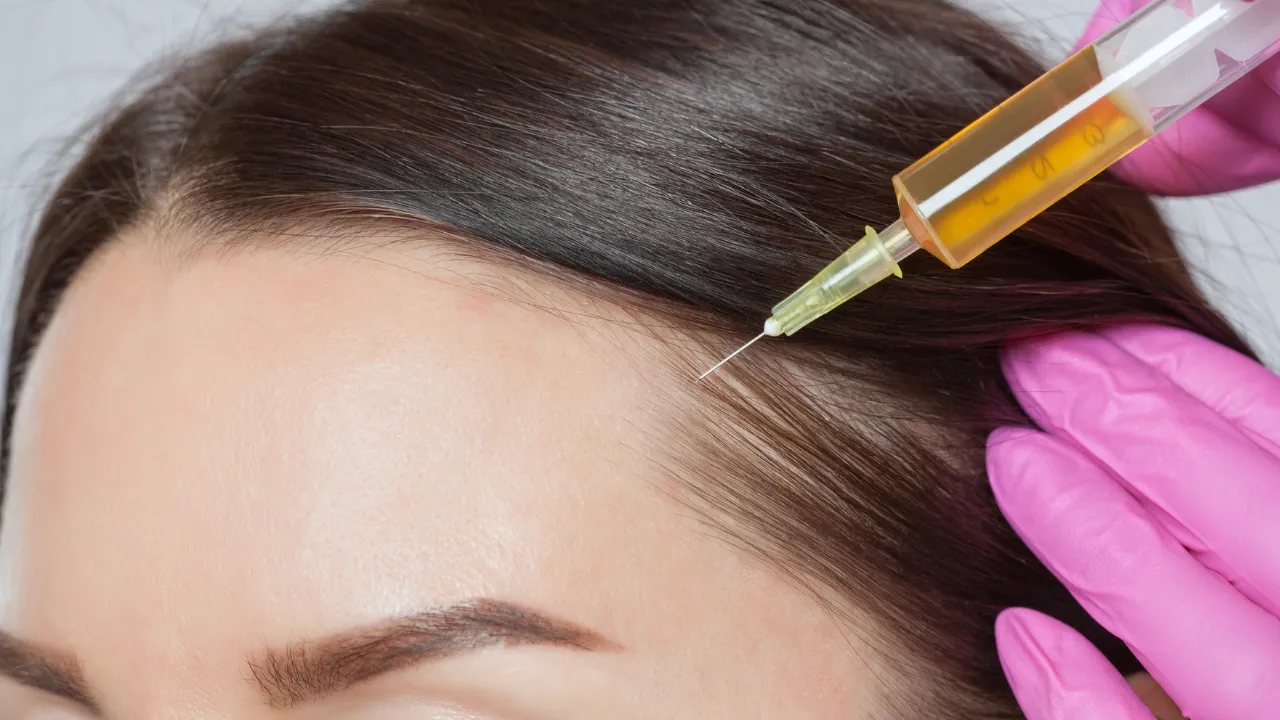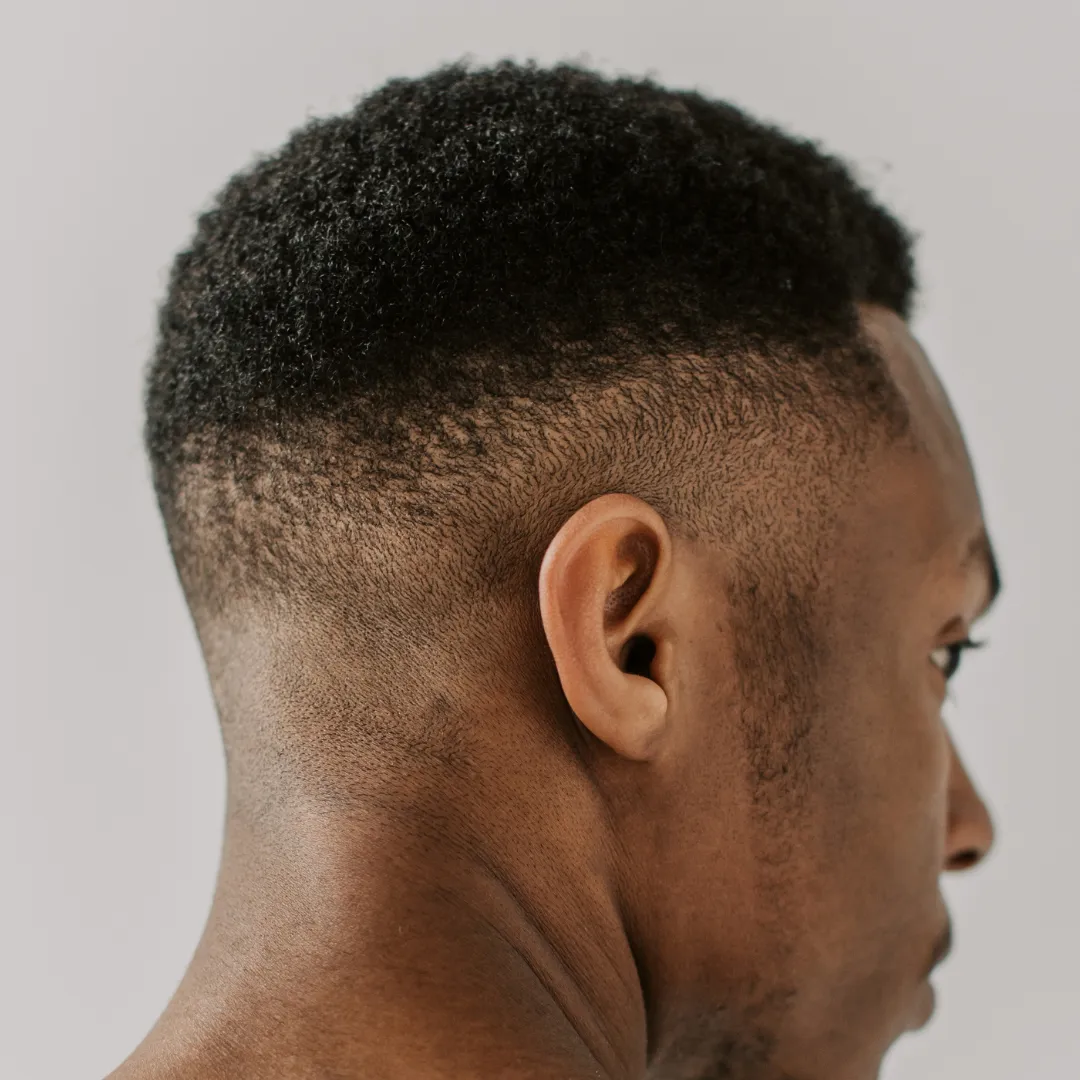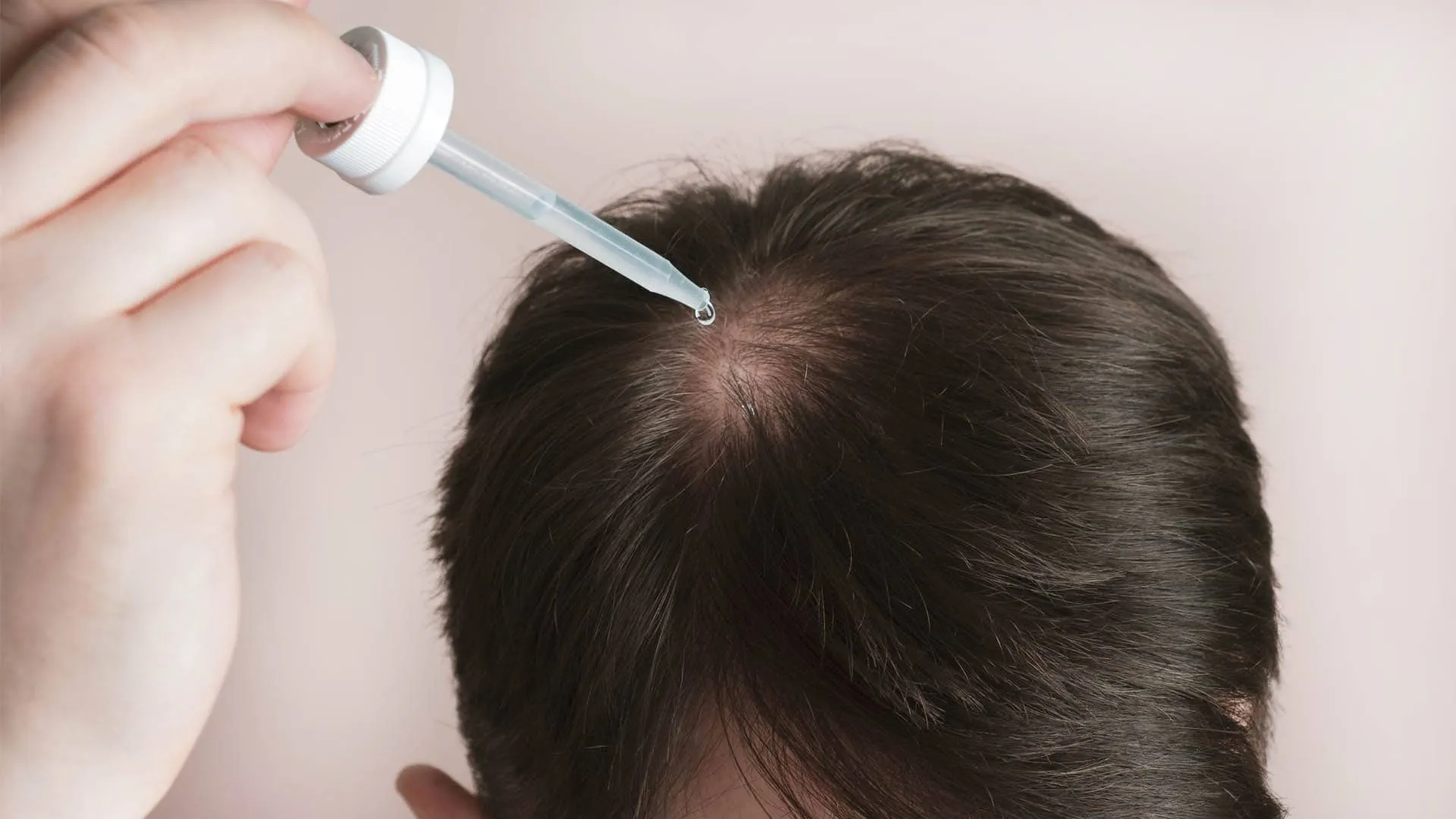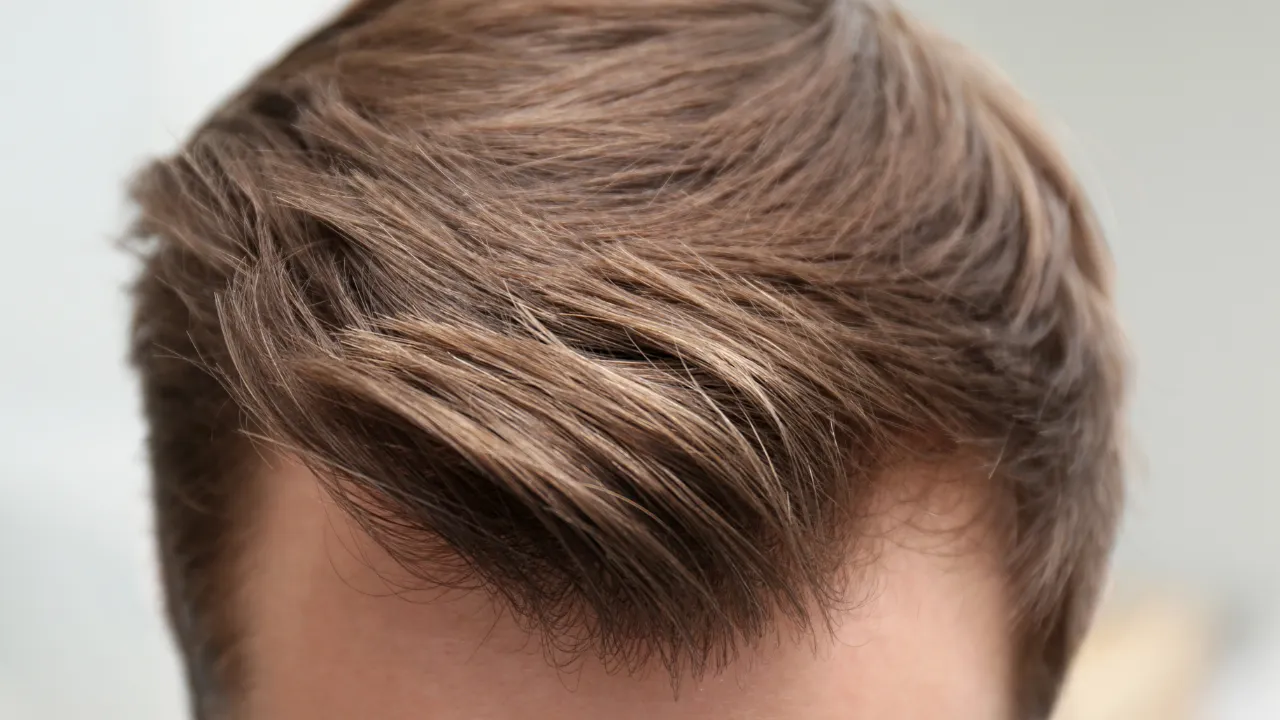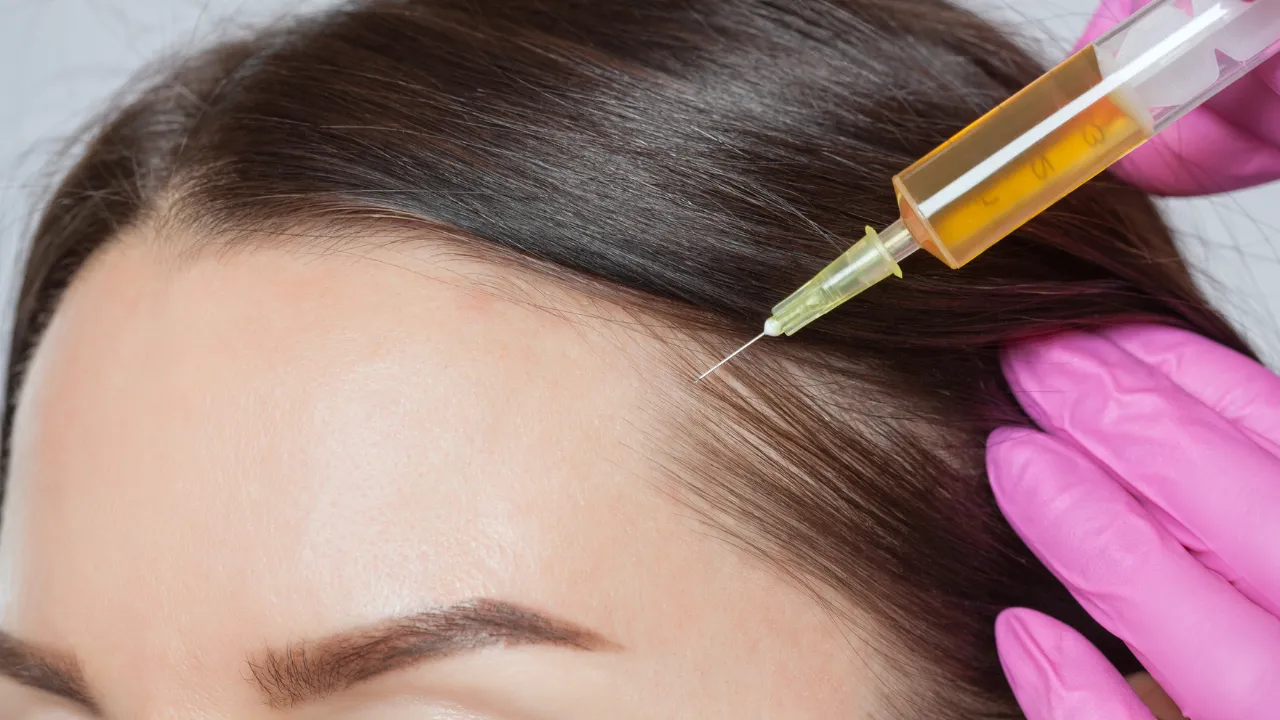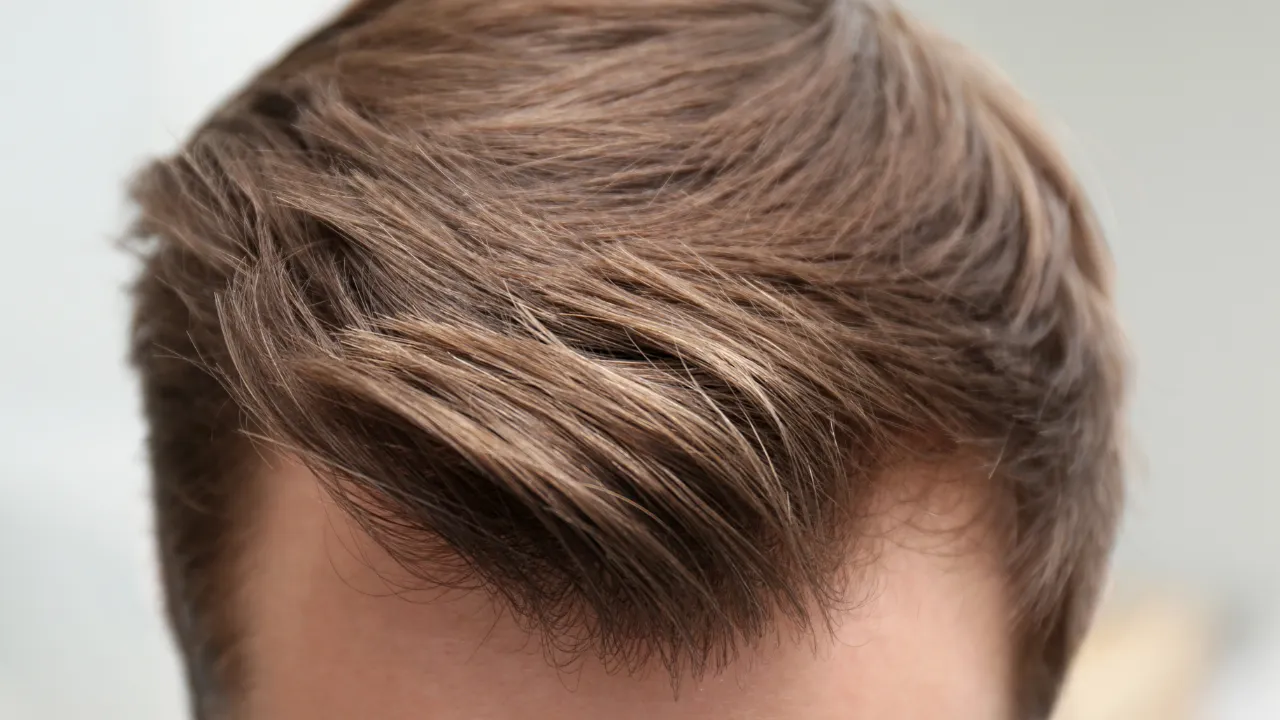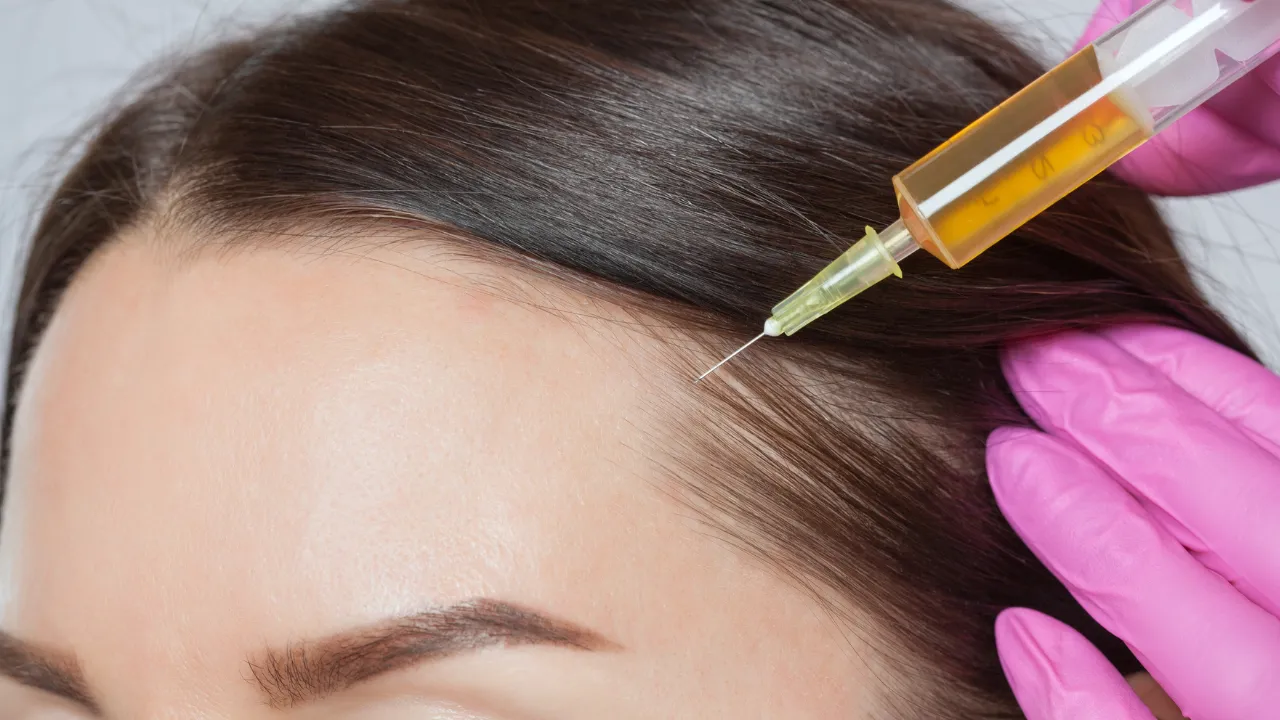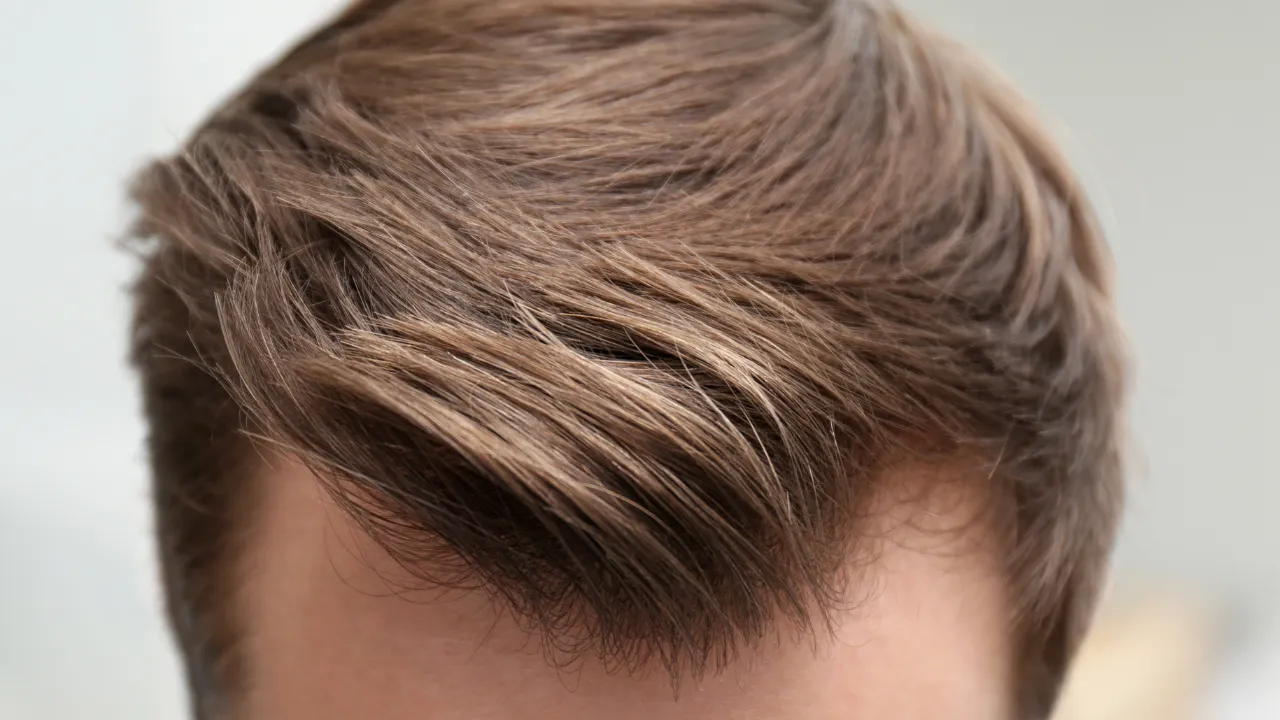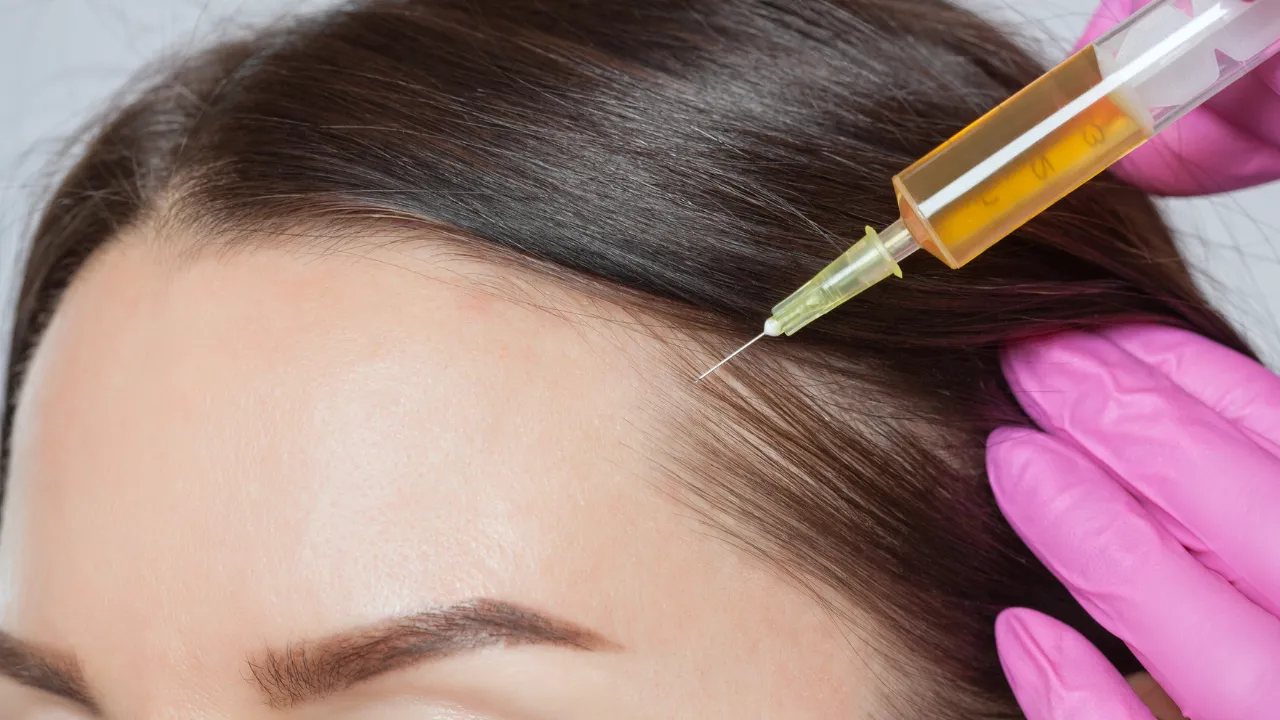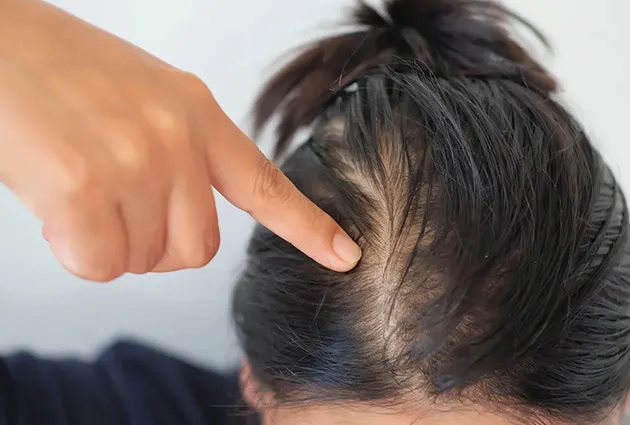Table of Contents
ToggleLosing hair in your early 20s can feel stressful and confusing. At Kopelman Hair, we help many young adults who face this problem and want clear answers. Hair changes at this age often come from genetics, hormones, or lifestyle choices, but good solutions are available.
Starting treatment early can make a big difference. With over 40 years of experience, Dr. Kopelman and his team provide expert care to restore confidence and guide patients toward lasting results.
Key Takeaways
- Losing hair in your early 20s can be caused by genetics, hormones, stress, or health issues. Finding the reason early makes treatment more effective.
- Normal shedding is 50 to 100 hairs a day. If thinning or bald spots continue, it may signal a deeper problem.
- Treatments include medicines like minoxidil and finasteride, PRP therapy, lifestyle changes, and sometimes hair transplant surgery.
- An experienced hair restoration doctor like Dr. Kopelman can give the right diagnosis, build a plan, and help achieve better results.
- Dr. Kopelman is American Board-certified and has over 40 years of practice. He has treated thousands of patients, combining medical skill with advanced surgical techniques.
Why Am I Going Bald at 20?
Hair loss at age 20 feels too early, but it happens for many reasons.
Genetic and hormonal factors
The top cause is androgenic alopecia, also called male pattern baldness. In men, it links to the hormone DHT. In women, female pattern hair loss shows up as overall thinning. Family history plays a major role in when and how it starts.
Doctors often classify this condition as androgenetic alopecia, a type of hair loss that affects both men and women. It is progressive but manageable with early care.
Stress and medical conditions
Stress can trigger hair shedding, also known as telogen effluvium. Hormonal imbalances, thyroid problems, and nutritional deficiencies are also common causes of hair loss at this age.
Other triggers include alopecia areata, which causes patchy bald spots, or scalp infections. Certain medicines list hair loss as a side effect. Traction alopecia from tight hairstyles is another problem leading to hair loss if ignored.
Why is my 21-year-old losing his hair?
For many young men, the reason is a mix of genetics and lifestyle. Poor diet, lack of rest, and untreated health problems can make it worse. Early checks with a specialist improve long-term results.
Early Signs of Hair Loss at Age 20
Spotting early signs can help you act before the situation worsens.
How much hairfall is normal for a 20-year-old?
Shedding between 50 and 100 hairs a day is normal. More than that may need attention.
Stress or illness-related loss can improve. Genetic issues like androgenic alopecia are ongoing and need long-term care.
Thinning, shedding, and receding hairline
Look for widening parts, a receding hairline, or areas of scalp showing. In men, loss often starts at the temples or crown. Women see even thinning across the scalp.
Men vs. Women: Hair Loss in 20s
Hair loss in your 20s shows up differently in men and women.
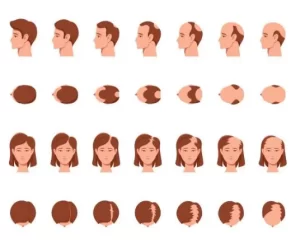
Hair loss in early 20s male
Men often face male pattern baldness first. It usually begins at the hairline or crown. Hormones, genetics, and family history drive the change, but lifestyle habits can speed it up.
Hair loss at 20 male solution
Men have several hair loss treatments. Minoxidil, finasteride, and PRP therapy can help. In advanced cases, surgical options like hair transplants may restore density.
Losing hair in my 20s female
For women, causes often include hormonal imbalances, PCOS, or vitamin and mineral deficiencies. Treatments may involve topical medicine, nutrition support, or hormone checks. Women rarely go fully bald, but the impact on confidence is strong.
Treatment Options and Solutions
Acting early increases the chance of recovery or slows the loss.
Is hair loss in the 20s reversible?
Some cases are reversible, such as stress-related or diet-related loss. Genetic causes like androgenetic alopecia are not fully reversible but can be slowed down with the right care.
Medications and clinical therapies
Options include:
- Minoxidil – topical spray or foam used to boost hair growth.
- Finasteride – oral pill for men to block DHT.
- Spironolactone – for women with hormone-related loss.
- PRP therapy – plasma injections that support follicle health.
These hair loss treatments work best when guided by a doctor.
Daily habits that help
Healthy daily habits can reduce hair shedding:
- Eat a balanced diet with protein, iron, and vitamins.
- Manage stress with rest, exercise, or meditation.
- Use gentle hair care and avoid tight hairstyles.
- Stay away from smoking, which weakens follicles.
Considering a hair transplant at a young age
Some patients may need surgical treatment. Hair transplant surgery can help, but not all young adults are candidates. At Kopelman Hair, Dr. Kopelman reviews each case to give safe and natural-looking results.
Emotional Impact and Support
Hair loss at this age can lower confidence and affect social life.
Confidence and self-image
Many patients feel older than they are or avoid social events. Treating the emotional side is just as important as medical care.
When to seek professional support
If hair loss brings stress or sadness, talking to a counselor or joining a support group can help. Combining treatment with emotional support improves outcomes.
When to See a Hair Restoration Doctor
If thinning lasts for months or bald patches grow, see a doctor. A specialist can test for causes and suggest the best solution.
Warning signs include sudden loss, bald spots, or hair loss, including weight changes or fatigue. Conditions like thyroid disease, hormonal imbalances, and nutritional deficiencies are leading to hair loss in young adults.
At Kopelman Hair, Dr. Kopelman gives full evaluations and builds personal treatment plans. Early visits open up more options, from medicine to surgery.
Success Stories from Young Patients
At Kopelman Hair, many patients in their 20s have had positive results. One young man reversed stress-related shedding in six months through better nutrition and therapy. Another patient improved hair density with PRP and lifestyle changes.
These success stories show how early action and expert care can make a big difference.
Final Thoughts
Losing hair in your 20s can be tough, but it does not need to define your future. With expert care and proven treatments, you can protect your hair and regain confidence. Contact Kopelman Hair today to schedule an appointment with Dr. Kopelman and explore your options.


